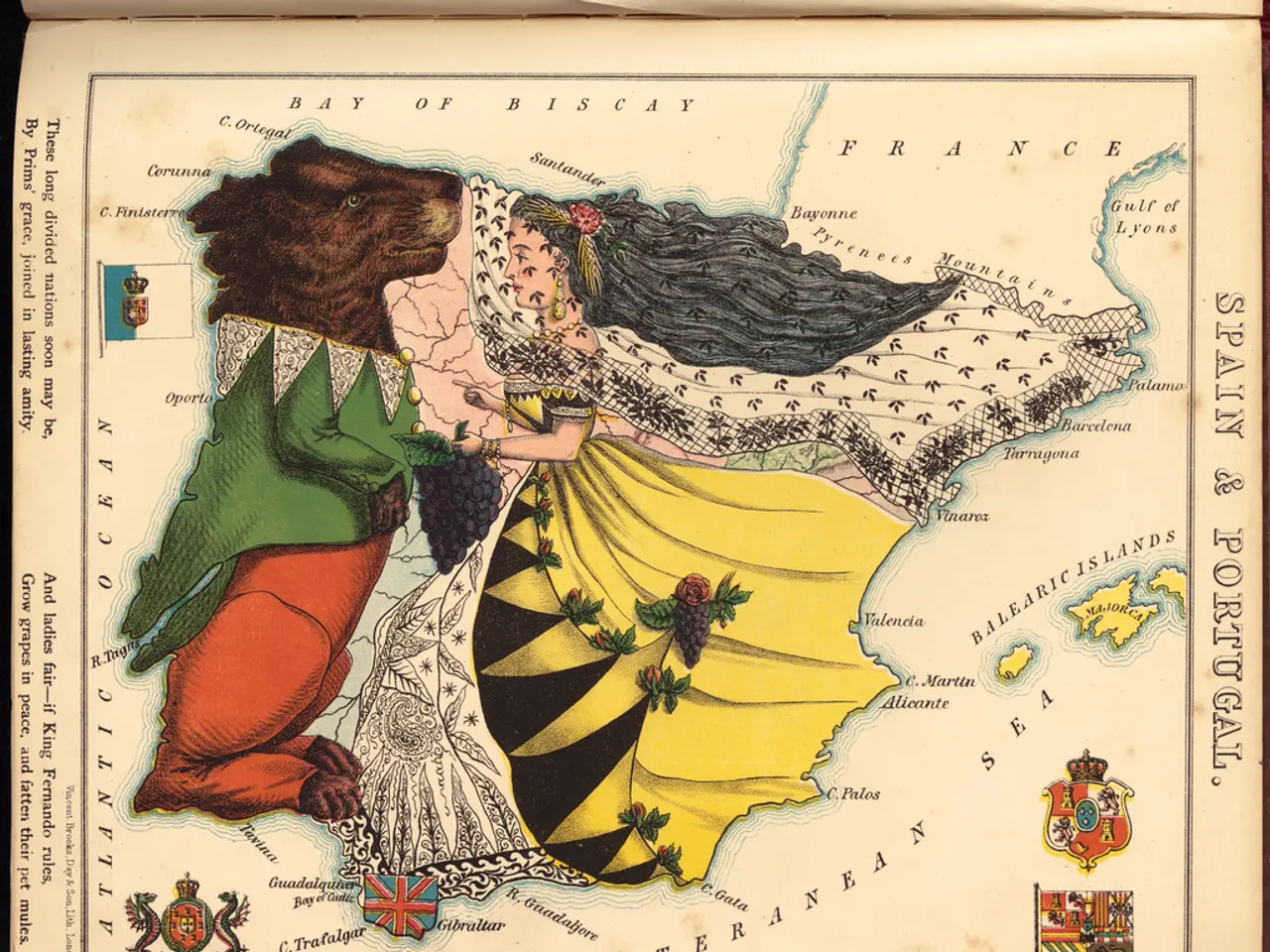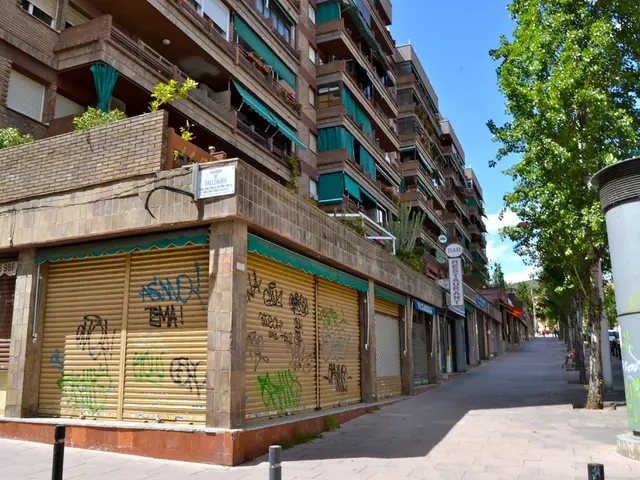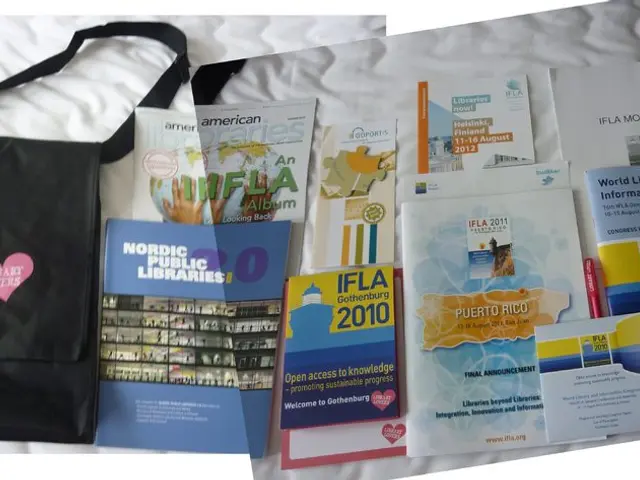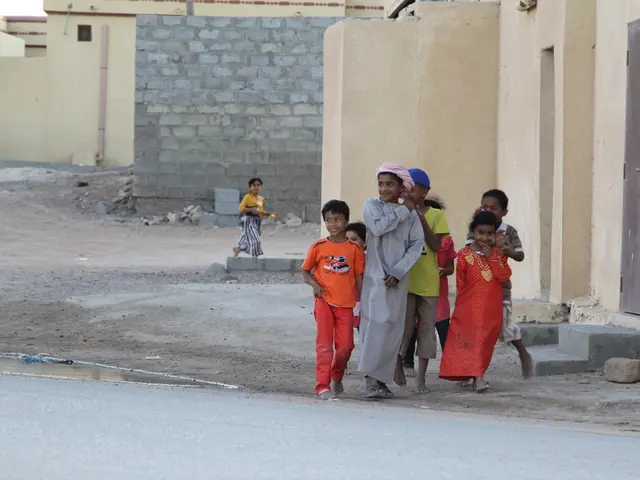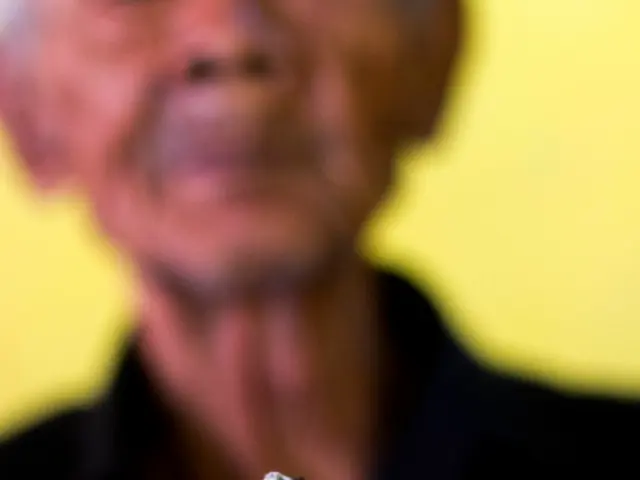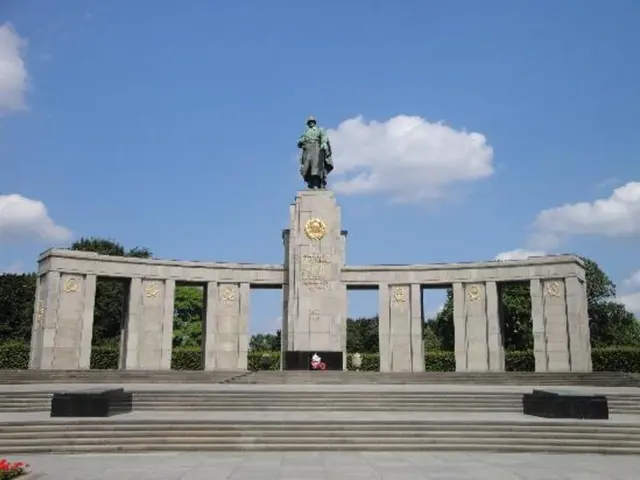Kazakh Yurt's Extraordinary Voyage: Traveling from Talgar to Burning Man in California
In the vast desert of Black Rock, Nevada, a unique symbol of hospitality and unity was born. The Kazakh team, led by Ashat Muratov, brought a traditional Kazakh yurt to Burning Man, transforming the festival with their vibrant culture and resilient spirit.
Ashat, inspired by his colleagues, attended Burning Man for the first time, initially perceiving it as a party with strange elements. However, upon meeting serious individuals and learning about the festival's focus on survival, transformation, and community, he saw an opportunity to bring a piece of Kazakhstan to the event.
The participation of Kazakhs in Burning Man was fully funded by private investors and the participants themselves, costing approximately $300,000. Around 35-40 individuals from various countries with ties to Kazakhstan joined the project, each contributing to the team's unity and cooperation.
Ashat gathered a team of 500 people, mainly composed of athletes, IT specialists, travelers, climbers, and creative individuals. The yurt, which cost around $30,000 with full furnishings, gifts, decorations, and logistics costs of around $20-30,000, was transported from Talgar, Kazakhstan to Black Rock, US via truck, railway, ship, and customs clearance in China and the US.
The yurt became a popular spot at Burning Man, with around five thousand guests visiting over four days. The Kazakh team faced serious trials, including having to assemble the yurt twice due to storms, but their unity and cooperation helped them to secure and protect the yurt.
The yurt was not just a structure; it was a symbol of Kazakhstan, a place where people could gather around a familiar and close symbol. The Kazakh team fed between a thousand to 1,500 people during the festival, and the atmosphere of Kazakh hospitality amazed foreigners at Burning Man.
Toronto-based DJ Denise Reno was part of the project, providing music that echoed the spirit of the yurt and the festival. Aida Umarova prepared a collection of national clothing for a fashion show, showcasing the beauty and richness of Kazakh culture.
The Kazakh team's efforts did not end with Burning Man. They plan to bring 40 yurts to the 40th anniversary of Burning Man and place them throughout the territory. They also plan to participate in AfricaBurn and other projects, continuing to share their culture and hospitality with the world.
Moreover, the team announced their plans to build a cultural center in Kazakhstan, further cementing their commitment to preserving and promoting their cultural heritage. They also plan to create an art car in the form of a yurt on wheels for next year, ensuring their presence at Burning Man remains as vibrant and impactful as ever.
The Kazakh team's journey to Burning Man is a testament to the power of unity, cooperation, and culture in overcoming challenges and creating a lasting impact. Their yurt stood as a beacon of Kazakh hospitality and unity, inspiring thousands and leaving a lasting impression on Burning Man.
Read also:
- Notable individuals partner with Global Sumud Flotilla en route to Gaza
- Two compelling literary works on Israel: Arnold Zweig's "The Friend Comes Home" and Chaim Noll's "The Silence After the War: Morning's Whisper"
- Increased flow of unfavorable information surfaces
- Increased flow of unfavorable information
